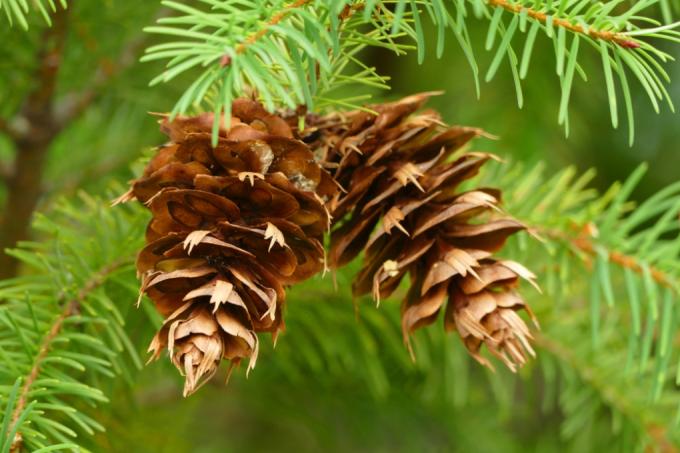AT A GLANCE
Where does the Douglas fir originally come from?
The Douglas fir (Pseudotsuga menziesii) originally comes from western North America, in particular from the areas of the Rocky Mountains, the Cascade Range of British Columbia and along the Sierra Nevada down to Mexico.
Where is the Douglas fir originally found?
The home of the Douglas fir is the west of North America. The largest stocks can be found:
- On the slopes of the Rocky Mountains
- British Columbia's Cascade Range
- along the Sierra Nevada down to Mexico.
also read
Up until the last Ice Age, the ancestors of the Douglas fir, which belongs to the pine family, were also native to European forests. This could be scientifically proven by finds, for example in Upper Lusatia. The Douglas Fir However, it then became extinct and is now returning as a climate tree.
Where are the largest Douglas fir stocks in Germany?
The largest stands of Douglas firs are found in Rhineland-Palatinate and Baden-Württemberg. In Germany, this conifer currently accounts for around two percent of the entire forest area (218,000 hectares).
Since the Douglas fir is a climate-stable tree species, which also copes well with drought, it is likely to gain further importance in terms of forestry in the coming years.
How did the Douglas firs get to Europe?
As early as 1827, the Scottish botanist Douglas brought the first specimens of these attractive conifers from America to Europe. He settled them and gave them his name.
Tip
Imposing garden tree for large properties
Douglas firs can grow up to 60 meters high and are therefore well suited as solitary trees for large plots of land. Since they are not poisonous, they can be safely planted where small children play. Once established, they prove to be very robust and easy to care for.











